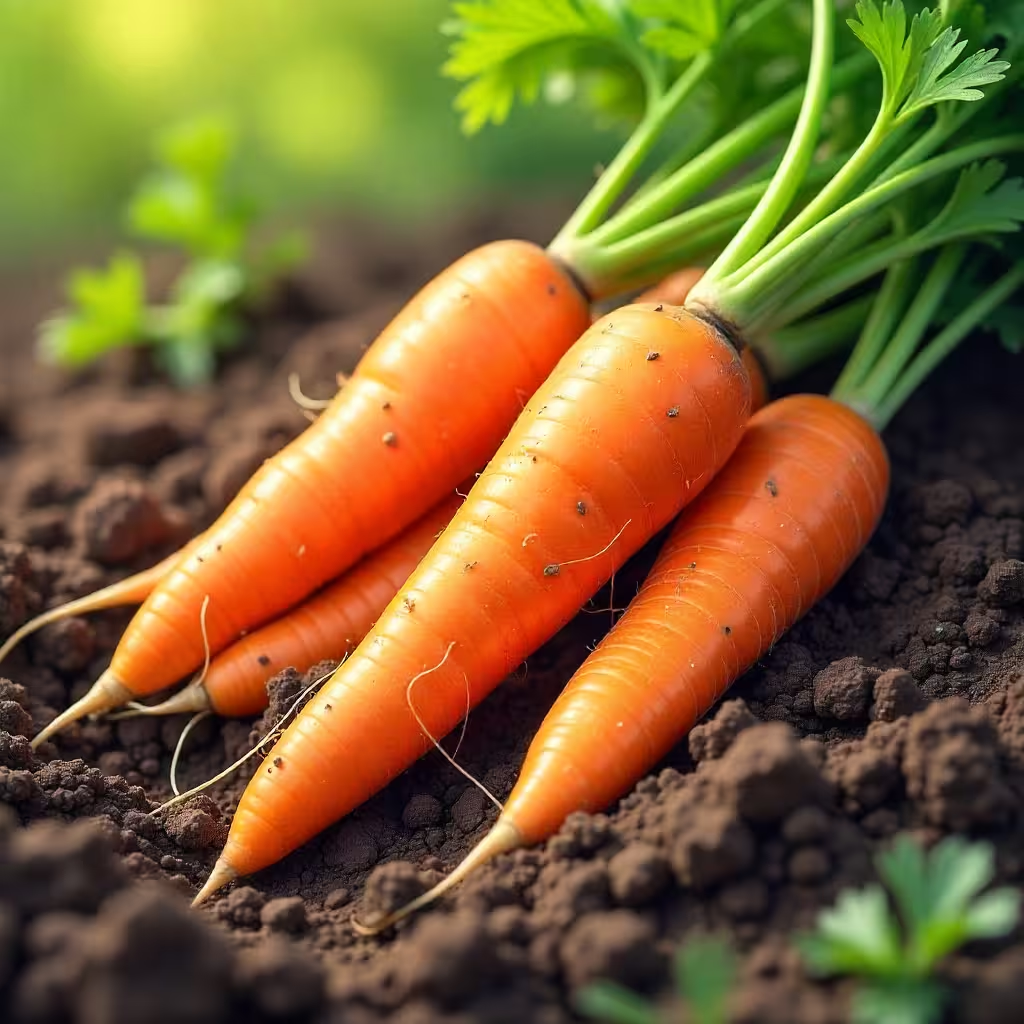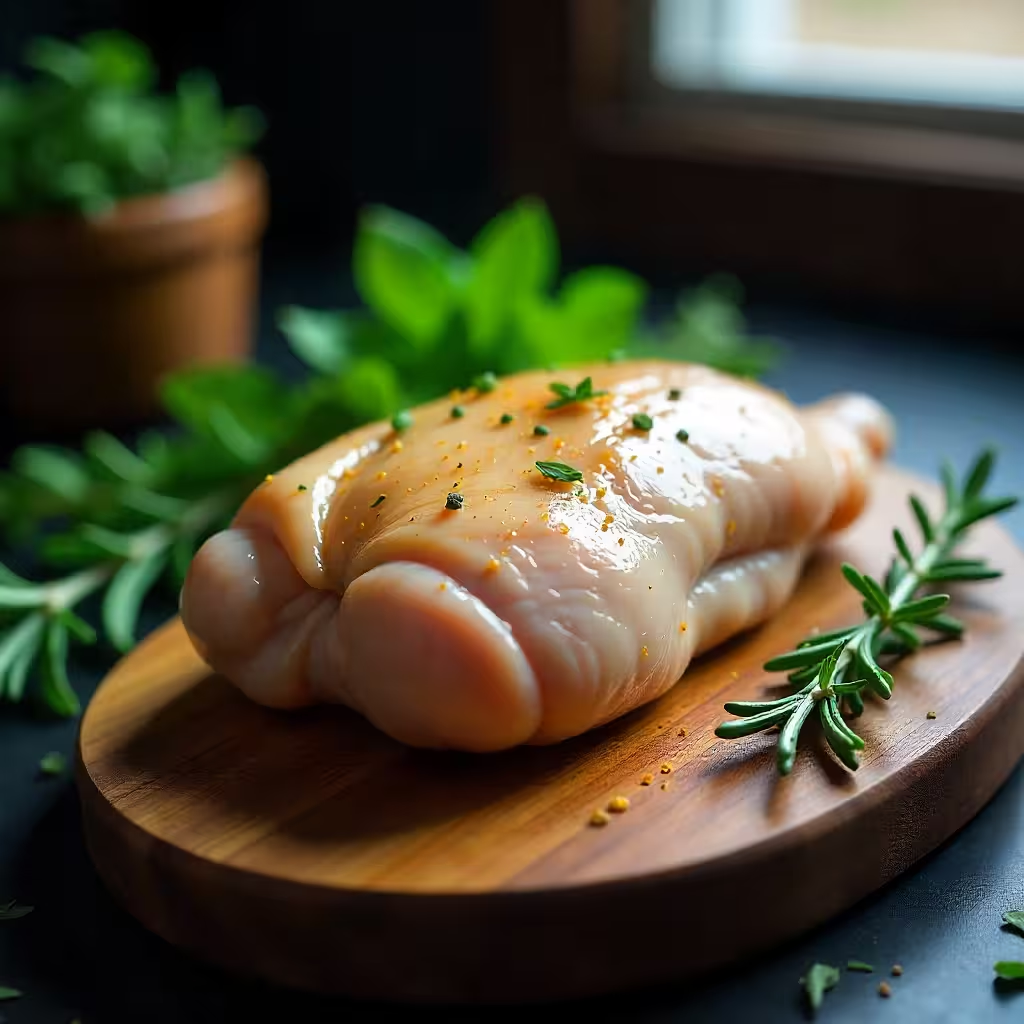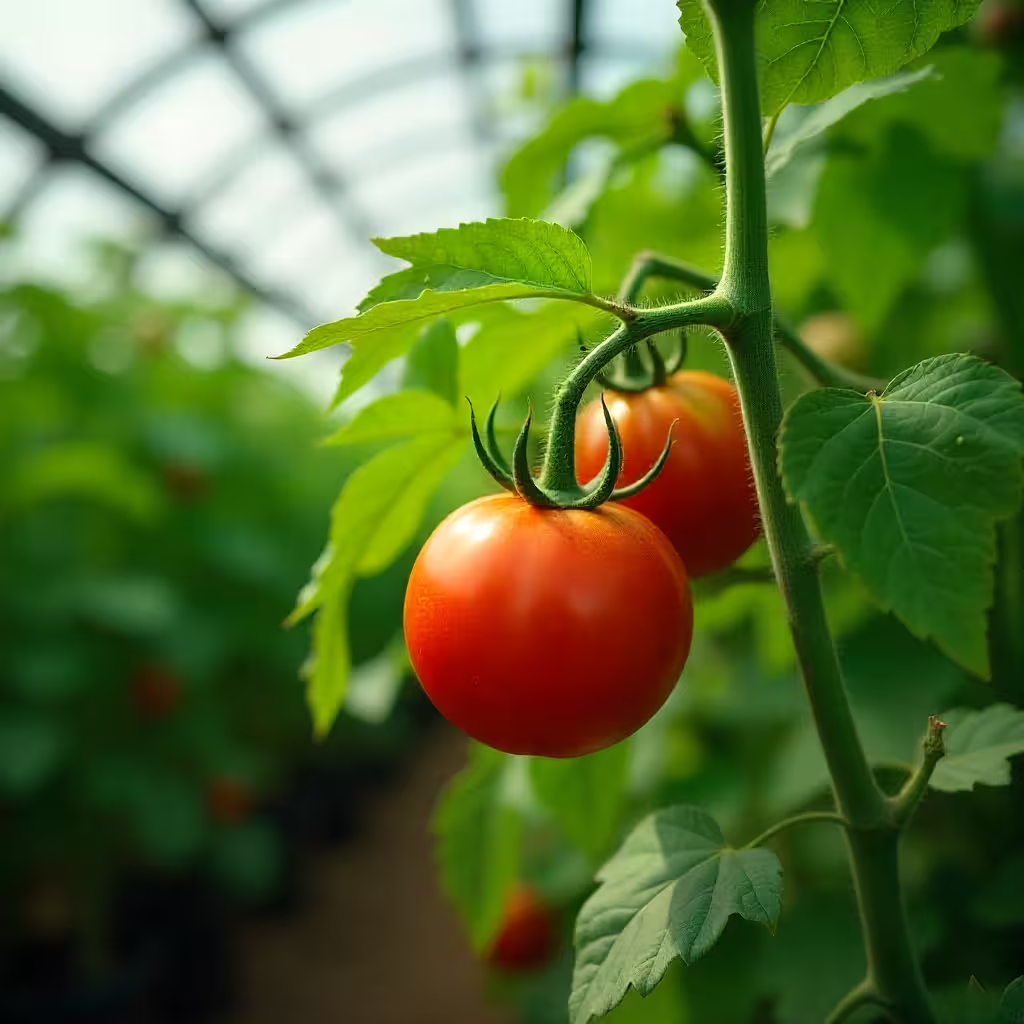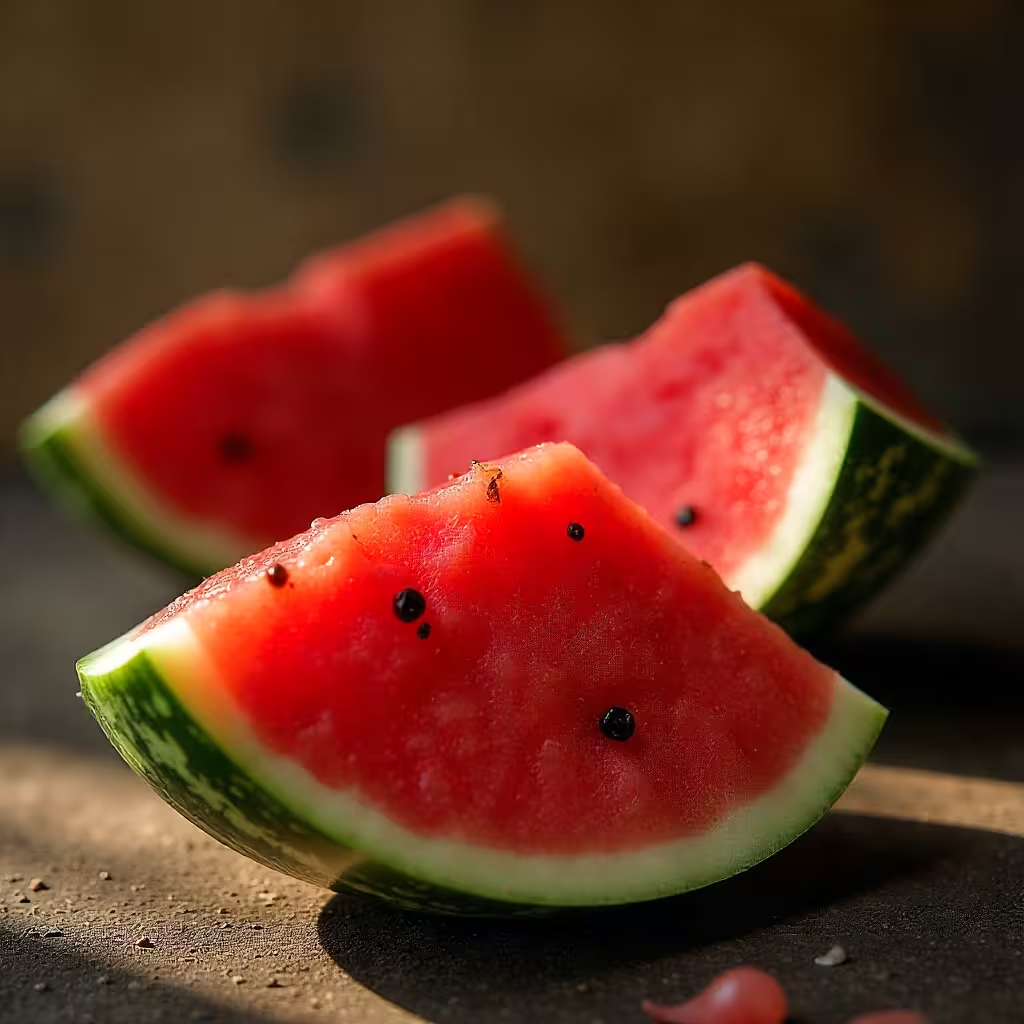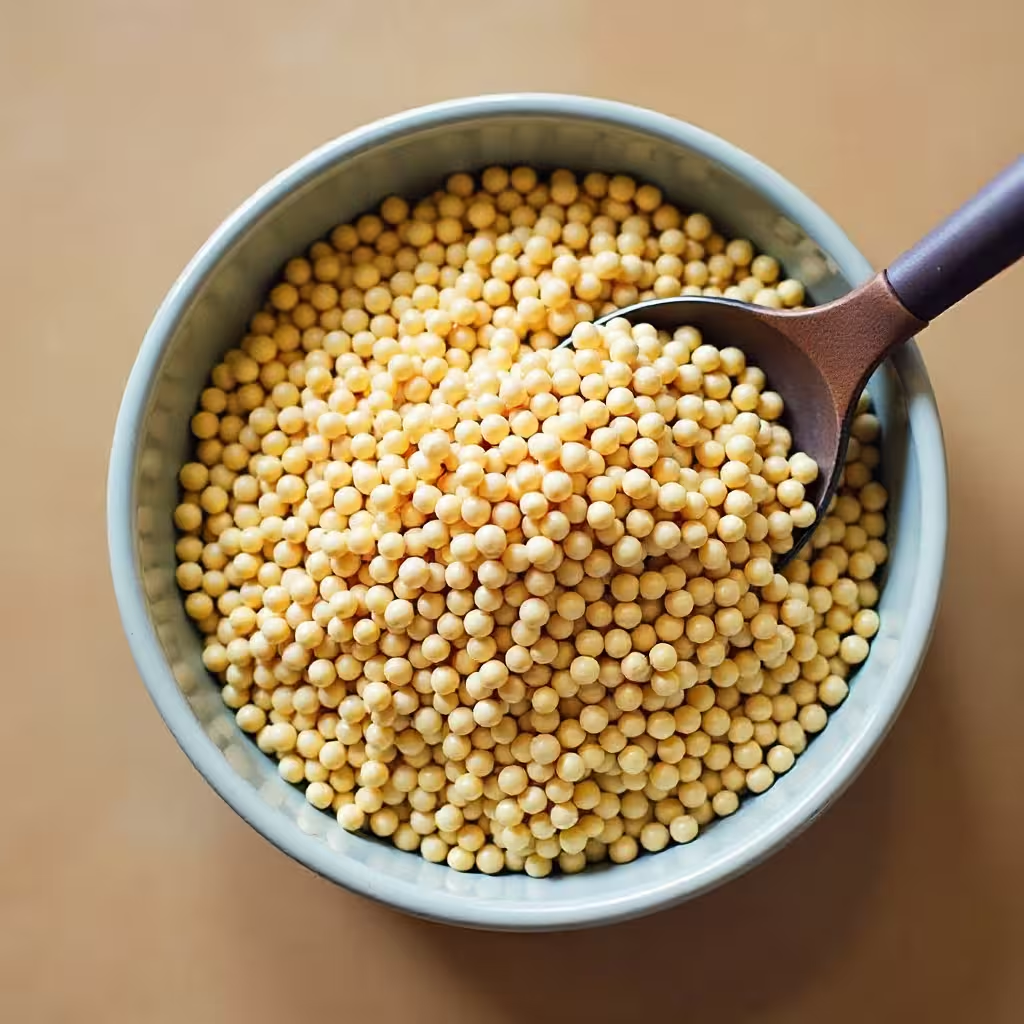Chicken Breast: The Gold Standard Lean Protein for Fat Loss
Chicken breast is widely regarded as the ultimate lean protein source and has become synonymous with healthy eating, fat loss, and fitness nutrition across the globe. A 100-gram serving of skinless, boneless chicken breast contains approximately 165 calories and an impressive 31 grams of complete, high-quality protein, providing all nine essential amino acids necessary for muscle maintenance, repair, and growth. With only 3.6 grams of fat and zero carbohydrates, chicken breast offers one of the most favorable protein-to-calorie ratios of any whole food, making it ideal for those seeking to lose fat while preserving lean muscle mass during caloric restriction. Beyond its macronutrient profile, chicken breast is rich in important micronutrients including niacin (vitamin B3) which supports energy metabolism, vitamin B6 crucial for protein metabolism and brain function, phosphorus for bone health, selenium with powerful antioxidant properties, and significant amounts of zinc and iron. The mild, neutral flavor of chicken breast makes it incredibly versatile and able to absorb virtually any seasoning, marinade, or sauce, allowing it to fit seamlessly into cuisines from around the world. Its widespread availability, relatively affordable price point compared to other animal proteins, and ease of preparation have made chicken breast a staple in the diets of bodybuilders, athletes, fitness enthusiasts, busy families, and anyone focused on maintaining a healthy weight.
Featured Content

Preparing chicken breast properly is essential to achieving tender, flavorful results, as this lean cut can easily become dry and tough if overcooked or prepared incorrectly. The most reliable method is baking: preheat your oven to 375-400°F (190-200°C), season chicken breasts with your choice of spices, place them in a baking dish, and cook for 20-30 minutes depending on thickness until the internal temperature reaches 165°F (74°C), letting them rest for 5 minutes before slicing to retain juices. Grilling creates beautiful char marks and smoky flavor by cooking over medium-high heat for 6-8 minutes per side, perfect for summer meals and meal prep. Pan-searing produces a golden, caramelized exterior by heating a non-stick or cast-iron skillet with minimal oil over medium-high heat and cooking for 6-7 minutes per side, ensuring even cooking by pounding breasts to uniform thickness beforehand. Poaching in simmering broth, water with herbs, or even coconut milk creates incredibly tender, moist chicken without any added fats, ideal for shredding into salads or meal prep bowls. Slow cooking in a crockpot with vegetables and seasonings for 4-6 hours on low produces fall-apart tender chicken perfect for batch cooking. Air-frying has become increasingly popular, creating crispy exterior without deep-frying by cooking at 375°F for 15-20 minutes, flipping halfway through. To prevent dryness and enhance flavor without excessive calories, use marinades with acid (lemon juice, vinegar, yogurt) and herbs, dry rubs with paprika, garlic powder, cumin, or Italian seasoning, brining in salt water for 30 minutes before cooking to retain moisture, and avoiding overcooking by using a meat thermometer to ensure you stop at exactly 165°F internal temperature.
Additional Insights
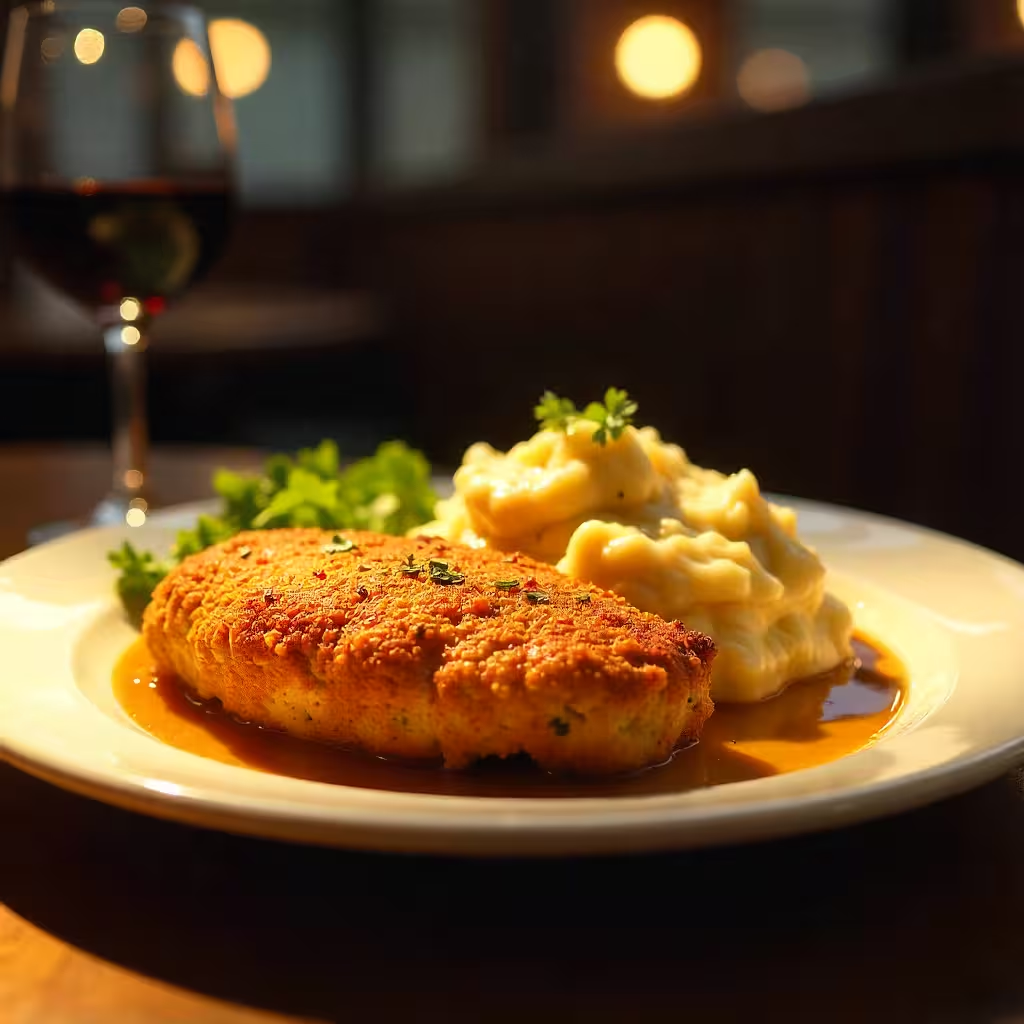
In Europe, chicken has become the most consumed meat across nearly all countries, surpassing traditional proteins like pork and beef, driven by health consciousness, affordability, and versatility in both traditional and modern cuisine. The United Kingdom has seen chicken consumption skyrocket over the past three decades, with chicken breast being the preferred cut for health-conscious Britons who incorporate it into everything from Sunday roasts to curry dishes, stir-fries, and sandwiches, though the British also maintain a fondness for whole roasted chicken. France, despite its rich culinary traditions featuring duck, beef, and game, has increasingly embraced chicken, with poulet (chicken) appearing in classics like coq au vin and modern preparations featuring herbes de Provence, though the French typically prefer higher-quality, free-range birds labeled "Label Rouge" or organic. Germany and other Northern European countries consume substantial amounts of chicken, preparing schnitzel (traditionally with breaded and fried chicken breast), incorporating chicken into salads and sandwiches, and grilling during summer months. Mediterranean countries including Italy, Spain, and Greece feature chicken in regional dishes—Italian chicken piccata and cacciatore, Spanish pollo al ajillo (garlic chicken), and Greek souvlaki—often prepared with olive oil, lemon, garlic, and fresh herbs that align with the healthy Mediterranean diet. Scandinavia has seen dramatic increases in chicken consumption, with health-conscious Swedes, Norwegians, and Danes choosing chicken breast as their primary protein for everyday meals. European consumers are increasingly concerned about animal welfare and production methods, leading to strong demand for free-range, organic, and antibiotic-free chicken, with EU regulations on poultry farming being among the strictest globally, banning practices like chlorine-washing that are permitted elsewhere.
In-depth Analysis
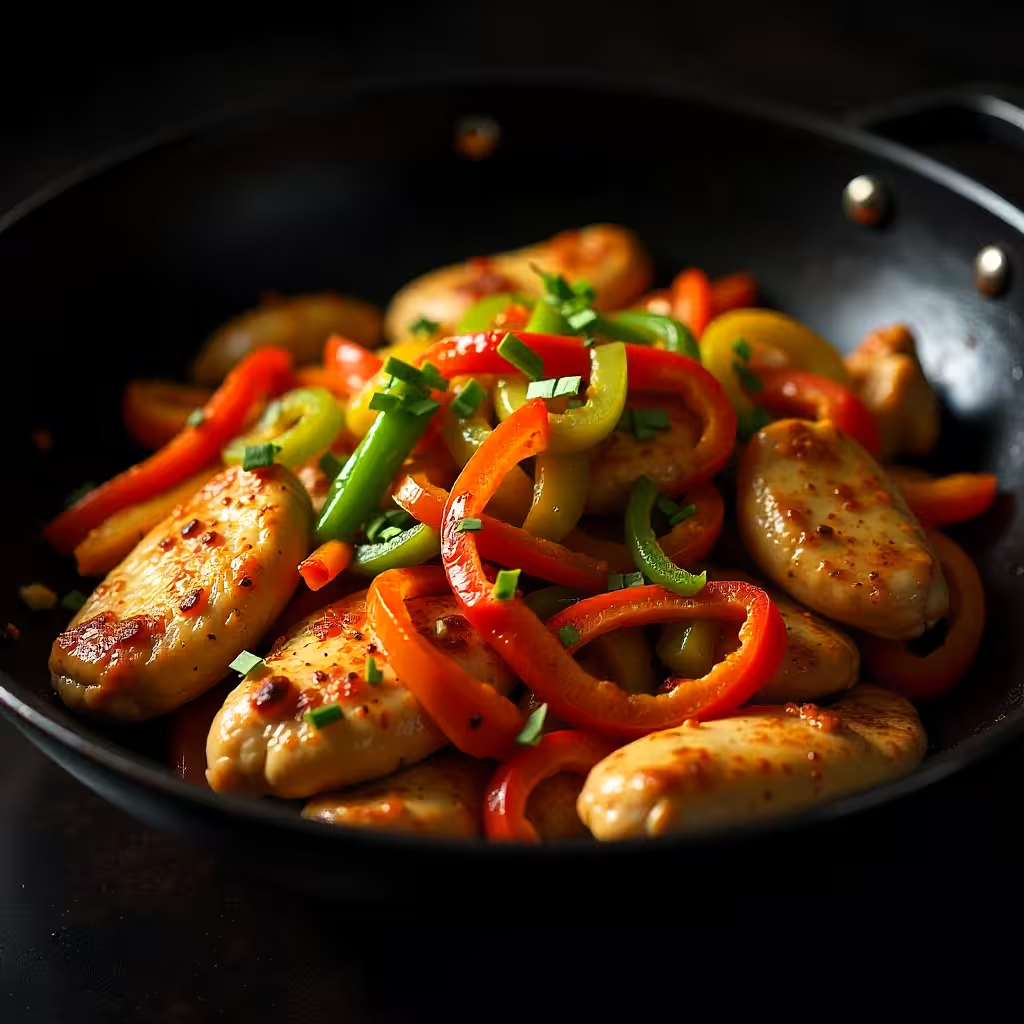
In the United States, chicken breast has achieved iconic status as the quintessential health food and fitness protein, with Americans consuming more chicken than any other meat—surpassing beef in the 1990s and continuing to dominate. The American fitness and bodybuilding culture, more prominent than anywhere else in the world, has made "chicken and rice" or "chicken and broccoli" almost synonymous with clean eating and muscle building, with countless meal prep tutorials, fitness influencers, and gym-goers religiously consuming multiple chicken breasts daily. American supermarkets offer extensive chicken selections including conventional, organic, free-range, air-chilled, individually wrapped portions, pre-marinated varieties, and even pre-cooked grilled chicken strips for maximum convenience, with chicken breast often being one of the most affordable proteins at around $3-5 per pound. Fast-casual restaurants like Chipotle, Panera, and Chick-fil-A have built empires around grilled chicken breast, marketing it as the healthy choice for calorie-conscious consumers, while traditional fast-food chains now offer grilled chicken options alongside their fried selections. The popularity of meal kit services like HelloFresh and Blue Apron, which frequently feature chicken breast recipes, has introduced convenient, portion-controlled chicken preparation to millions of American households. Americans prepare chicken breast in countless ways reflecting the nation's cultural diversity—Buffalo chicken, Nashville hot chicken, chicken teriyaki, chicken fajitas, chicken parmesan, barbecue chicken, lemon pepper chicken—though health-focused Americans increasingly favor simple seasonings and cooking methods that don't add excessive calories. The United States produces more chicken than any other country, with industrialized farming concentrated in states like Georgia, Arkansas, Alabama, and North Carolina, making chicken remarkably affordable and accessible, though this has also raised concerns about factory farming practices, antibiotic use, and animal welfare that have created growing markets for organic and humanely-raised alternatives.
Key Highlights

In Africa, chicken consumption has been growing rapidly over the past two decades as economic development, urbanization, and changing dietary preferences shift protein consumption away from traditional sources, though chicken breast specifically remains less popular than other cuts. In urban centers across Nigeria, Kenya, South Africa, Ghana, and other developing African nations, chicken has become increasingly accessible and aspirational, with fried chicken chains like KFC achieving enormous popularity and local fried chicken spots proliferating in cities, though these preparations are typically high in calories and far from the lean, grilled preparations associated with fat loss. West African countries incorporate chicken into beloved dishes like Nigerian jollof rice with chicken, Ghanaian groundnut soup with chicken, and Senegalese yassa (chicken with onions and lemon), typically using whole chicken cut into pieces rather than isolated breasts, as African culinary traditions favor dark meat for its flavor and the economical practice of using the entire bird. In South Africa, chicken consumption is extremely high, with braai (barbecue) culture featuring marinated chicken pieces, and the country's well-developed cold chain and retail infrastructure making fresh and frozen chicken widely available at various price points. East African countries like Kenya and Ethiopia are seeing rapid growth in chicken consumption, with urban middle-class families increasingly able to afford chicken regularly, incorporating it into stews, grilled preparations, and rice dishes. The primary differences between African and Western chicken consumption patterns include preference for whole chicken or dark meat over isolated breasts, as dark meat is more flavorful and the entire bird provides better value, cooking methods that typically involve stewing or frying rather than the dry-heat methods (grilling, baking) preferred for fat loss, lack of awareness about the specific benefits of skinless chicken breast for body composition, and the fact that chicken, while more affordable than previously, still represents a significant expense for many African households who may consume it only a few times per week or on special occasions rather than daily.
Final Thoughts
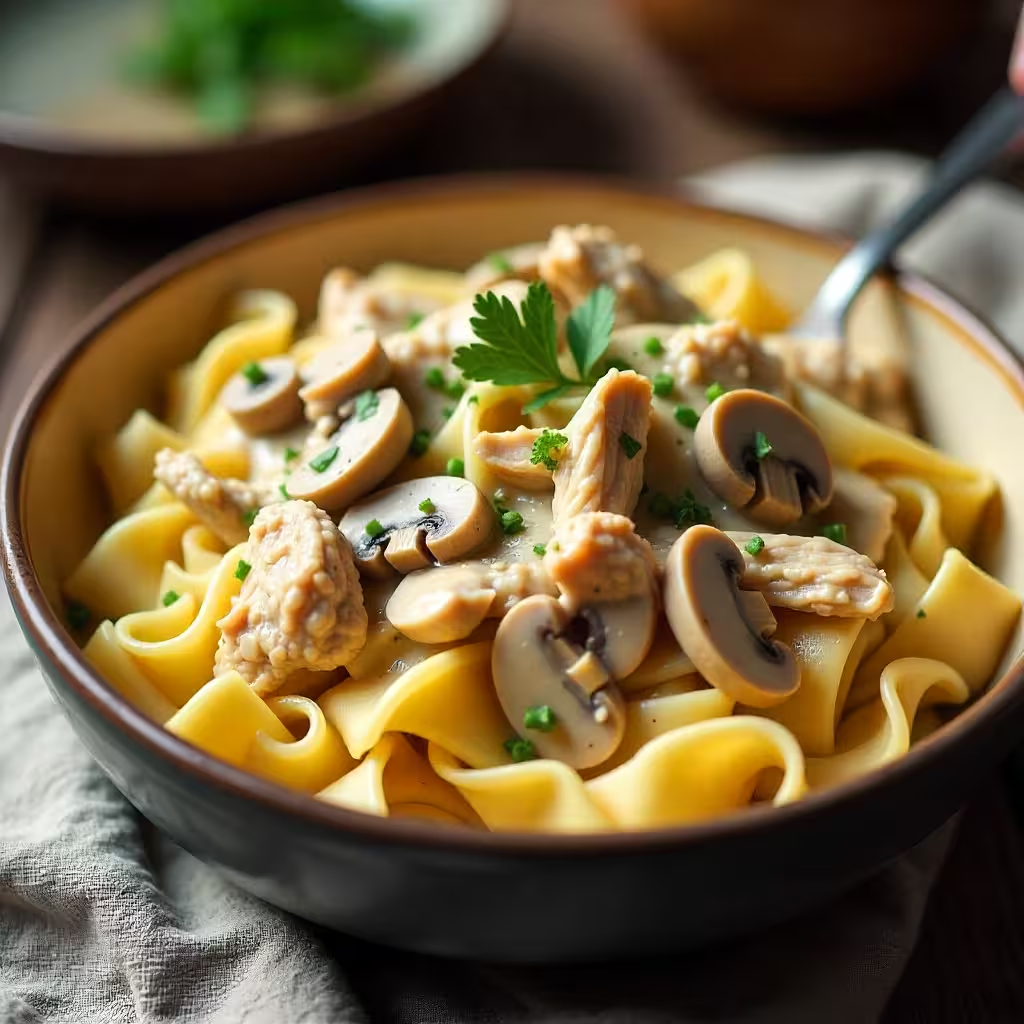
In Rwanda specifically, chicken consumption has increased dramatically over the past fifteen years due to government initiatives promoting poultry farming, economic development raising incomes, and changing dietary preferences, though chicken breast as a specific cut for fitness purposes remains an unfamiliar concept outside elite circles. The Rwandan government's "One Cow Per Poor Family" program has been complemented by poultry initiatives encouraging families to raise chickens for both eggs and meat, making chicken more accessible across rural and urban areas than it was a generation ago. In local markets throughout Rwanda, whole chickens are sold live or freshly slaughtered, with customers typically purchasing the entire bird rather than specific cuts, as butchering into parts is not standard practice and would be seen as wasteful and more expensive. Urban supermarkets in Kigali such as Simba Supermarket, Nakumatt, and some Boutiques stock frozen chicken portions including breasts, though these are significantly more expensive per kilogram than whole chickens and are primarily purchased by expatriates, affluent Rwandans, and those exposed to international food culture. Traditional Rwandan chicken preparation involves stewing the entire bird in tomato-based sauces with vegetables, grilling whole or halved chickens over charcoal (brochettes), or incorporating chicken into dishes served with staples like rice, ugali, or plantains, with the concept of eating only the breast meat while avoiding skin and dark meat being foreign to traditional food culture. The small but growing fitness community in Kigali—primarily young, educated, urban Rwandans training at gyms like Moshions Gym, Lemigo Hotel gym, or CrossFit Kigali—has begun adopting international bodybuilding and fat-loss nutrition practices including eating specifically chicken breast, often grilled or baked with minimal oil, influenced by social media fitness content from Nigeria, Kenya, the United States, and Europe. For the vast majority of Rwandans, however, chicken remains a somewhat special meal rather than daily protein, the idea of eating only breast meat seems wasteful when the whole bird is nutritious and valuable, and traditional protein sources like beans (the national staple), Lake Kivu tilapia, eggs, and small dried fish remain more culturally embedded and often more economically practical, though as Rwanda continues developing and fitness culture expands, chicken breast consumption for health and body composition purposes will likely grow among urban, middle-class populations who have the economic means and cultural exposure to adopt these international dietary trends.



